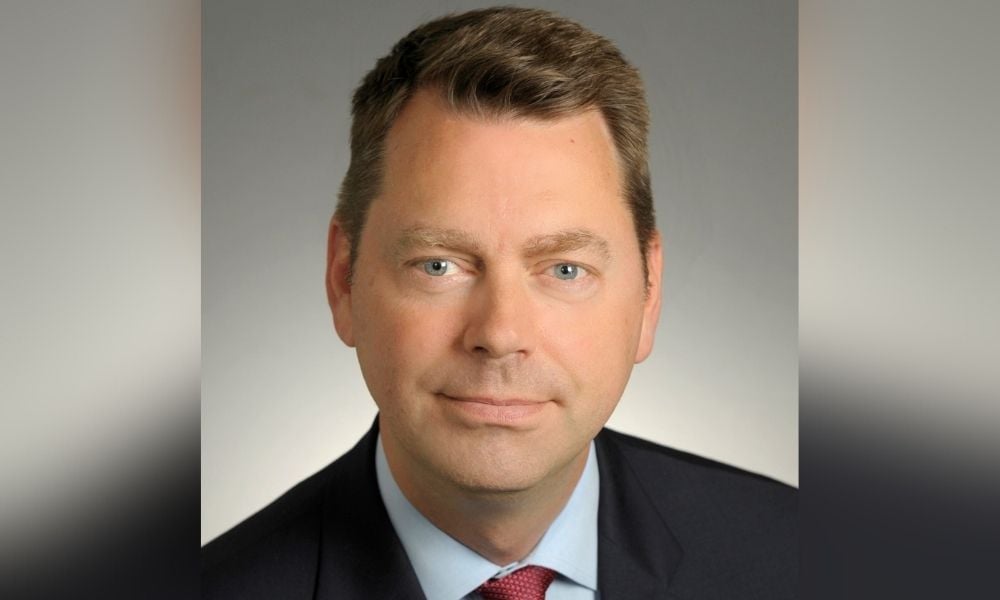Philip Petursson explains why persistent inflation and an overheating economy could truncate long-term improvement

Philip Petursson, the Chief Investment Strategist at IG Wealth Management, is optimistic about 2022, despite what’s happening with Omicron, but he is more concerned about what could happen in 2023.
“As we shift into 2022, given how healthy the labour market is, the excess savings still on household balance sheets and willingness to spend, and the improvements that we can continue to see coming in 2022 with the hope that we’ve crushed the worst of the global pandemic, I can’t help but be optimistic,” he told Wealth Professional.
He says this year’s economic outlook is positive because it’s hard to see the risks that would derail the momentum, as it might have in late 2019, when “a lot of risks were leading us down the path of an inevitable recession”. With COVID having hit reset on that, his optimism “is not tempered at all by what’s happening with Omicron. "That’s an unknown and new variants can delay the normalization process of the economy, but I don’t think it can really damage it.”
Petursson characterizes the pandemic as a disruptive – rather than destructive – event as it affected economic flow but didn’t destroy capital, which he said is what you typically see in a recession caused by a financial crisis.
“Omicron is a risk. I don’t want to make light of it or dismiss it,” he said. “The data that seems to be coming out is saying it’s much more transmissible, but it also seems to be much less harmful. So, the optimist in me thinks that while case numbers are going to continue to shoot up, and we could see case numbers far greater than what we had during the first three waves, depending on where you are, I think you can also see it blow itself out fairly quickly.”
Petursson said economic momentum isn’t being shut down by a lack of consumption, increase in unemployment, decline in housing activity, inverted yield curve, or tight credit conditions.
“We don’t have any of those present today. That leads me to believe the risk of an economic shock is very low in 2022. So, we may be over the hump,” he said. “I think the more that we move on, the more we learn. We know how to manage outbreaks, economically. We know the playbook in terms of what the governments and central banks do. We know it’s more disruptive than destructive, and we know how the economic progress is coming out the other side.”
Petursson expects the economy to normalize in 2022. But, he said that if the central banks go slower than anticipated, they “could create an overheating economy which, for the next 12 months, is a good problem to have.” He also expects inflation to remain at 3 to 3.5% in 2022, though he has some questions about where it will end up in 2023.
While raising interest rates could soften demand a bit, he doesn’t see them easing the supply chain issues or impacting demand enough to derail economic growth. But, he suggested bond investors remain aware because, even if yields move up by only 50 to 75 basis points, the fixed income return could be in the very low single digits, which reduces it as a safer option than equities.
Petursson said the strong demand and strong manufacturing lead to an attractive environment for earnings growth driving the equity market return in 2022 valuation. While earnings growth won’t be as strong as 2021 – when it was 40% with gains of over 20% in many markets around the world – he expects it will still remain between 10% and 25% on a year-over-year basis, which would translate into equity returns in the mid to upper single digits.
He also noted that the U.S., Canadian, and European equity markets did well in 2021 with the emerging markets lagging, and he expects more geographic diversification in the markets in 2022 than last year.
“I think we’ll continue to see an extension of that bull market in 2022. We just need to adjust our return expectations. We shouldn’t think that what happened in 2021 will repeat in 2022,” he said.
“I would say I’m optimistic, and not even cautiously so,” said Petursson, adding that, even if new variants emerge, we now have a playbook for those. “So, if I’m concerned about anything, it’s about what 2023 looks like because it seems that the central banks are going to take a very measured pace to removing the stimulus in 2022. But, if it does end up in this overheating economy with inflation that remains higher than expected, then they may have to slam the brakes on in 2023, and that could be more of an issue. But, that’s not today’s problem.”



